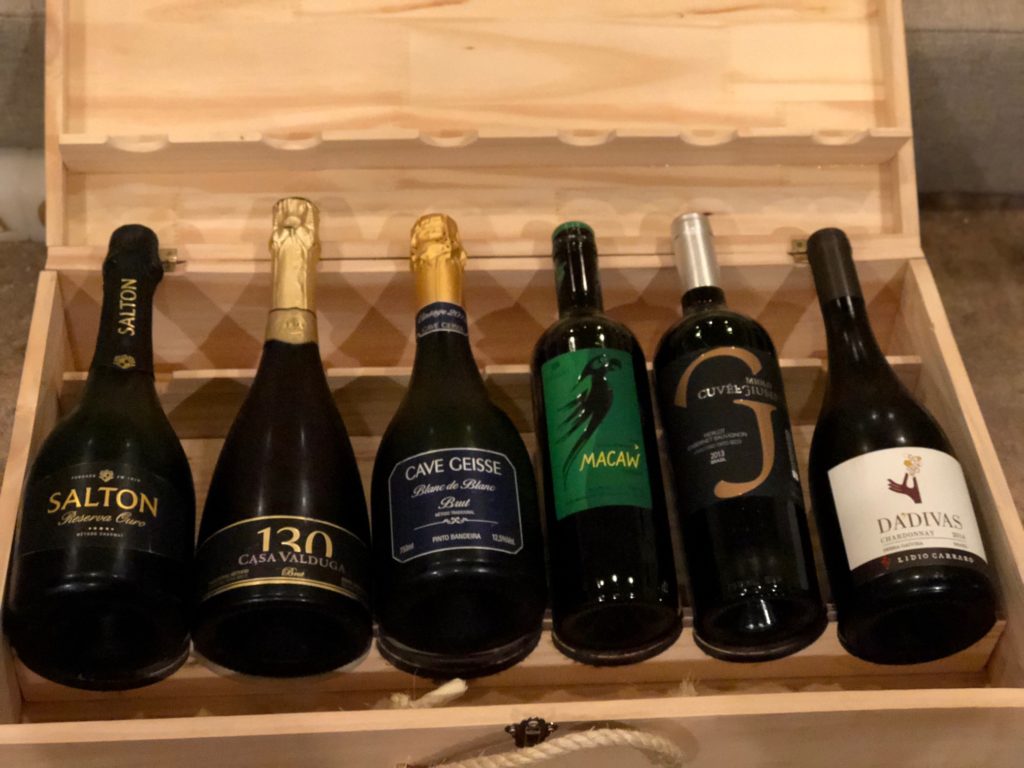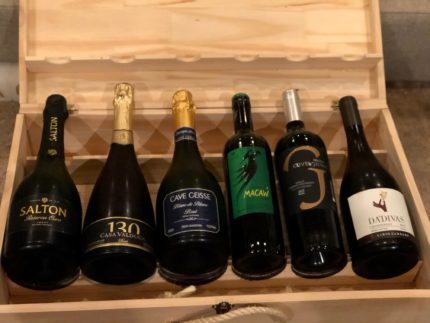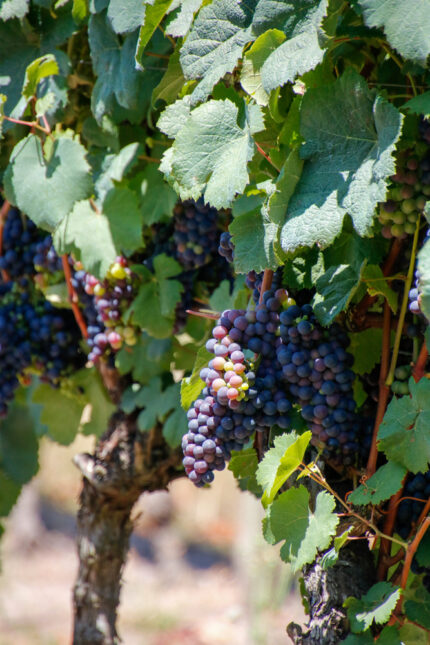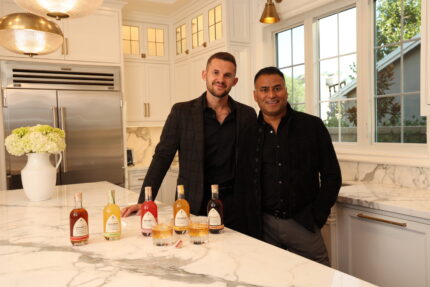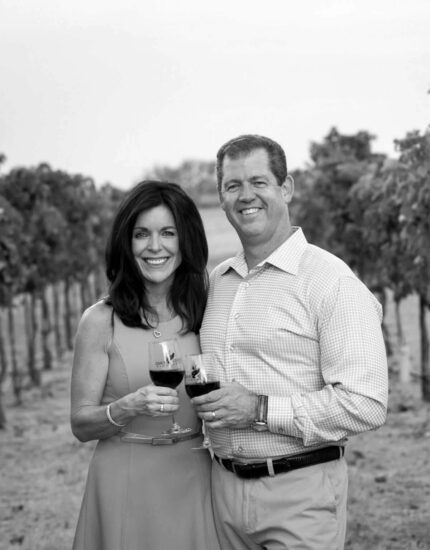Brazil, a land of gorgeous beaches, beautiful people, grilled meat, Rio Carnival and unmatched soccer celebrations. It’s a country built upon passion and celebration. But, did you know that Brazil has been making wine for close to 500 years? Until I participated in a #brazilianwines chat with MW Christy Canterbury, I wasn’t aware of the history and the quality of the wines.
The Portuguese first brought grapes after taking over the country in 1532. Wine, however, was not a focus, due to the tough weather conditions. When the Italians arrived in 1875, they decided to refocus on wine and an industry was born.
What surprised me was that today Brazil is the fifth largest wine producer in the Southern Hemisphere (after Argentina, Australia, Chile and South Africa). But, much of what is produced is still consumed locally, as wines were first allowed to be exported in 1990. There are 14,417 grape growing properties, averaging 43 acres each with more than 240 varieties of grapes grown and 1,100 wineries (many of them family owned). Wines are primarily grown in the Southern and Eastern part of the country.
Brazil’s wine production is divided into six main regions: Serra Gaúcha (the biggest and most important wine region accounting for 80 percent of Brazilian wine today), Campanha, Serra do Sudeste and Campos de Cima da Serra, in Rio Grande do Sul, Planalto Catarinense, in Santa Catarina, and Vale do São Francisco, in northeastern Brazil.
Check out the Wines of Brazil, a trade organization focused on promoting the quality of Brazilian wine internationally, click here for more great information.
We tried the following line-up:
NV Salton Reserva Ouro ($16): Notes of grapefruit, marzipan, almonds, green apple, citrus, flowers, minerality, freshly baked bread and lemon zest.
NV Casa Valduga 130 Brut ($30): I tasted floral notes, citrus, peach, apricot, raspberry, brioche, stone fruit, apples, melon and almonds. The wine maker, Luiz Valduga’s philosophy is “before making two bottles of wine, focus on one and let it be well made.”
2012 Cave Geisse Blanc de Blanc Brut ($45): Notes of flowers, pineapples, stone fruit, lemon, caramel, and brioche. I enjoyed both of these sparkling wines very much.
2014 Lidio Carraro Da’Divas Chardonnay ($15): Notes of white flowers, yellow apples, pear, pineapple, honeysuckle, butterscotch, lemon, bready and white stone fruit. This wine had a nice finish and acidity.
2015 Macaw Tannat ($15): This wine uses “Vida Boa” on the label, the Brazilian “toast to life.” I tasted baking spice, licorice, tobacco, chocolate, red and black fruit, cocoa and black currant.
2013 Miolo Cuvee Giuseppe ($25): notes of blackberries, cassis, black cherry, plum, chocolate and herbs.
Forbes recently named this region, the hippest wine destination that you’ve never heard of – the wines that I tried definitely illustrated it should be on your radar.
